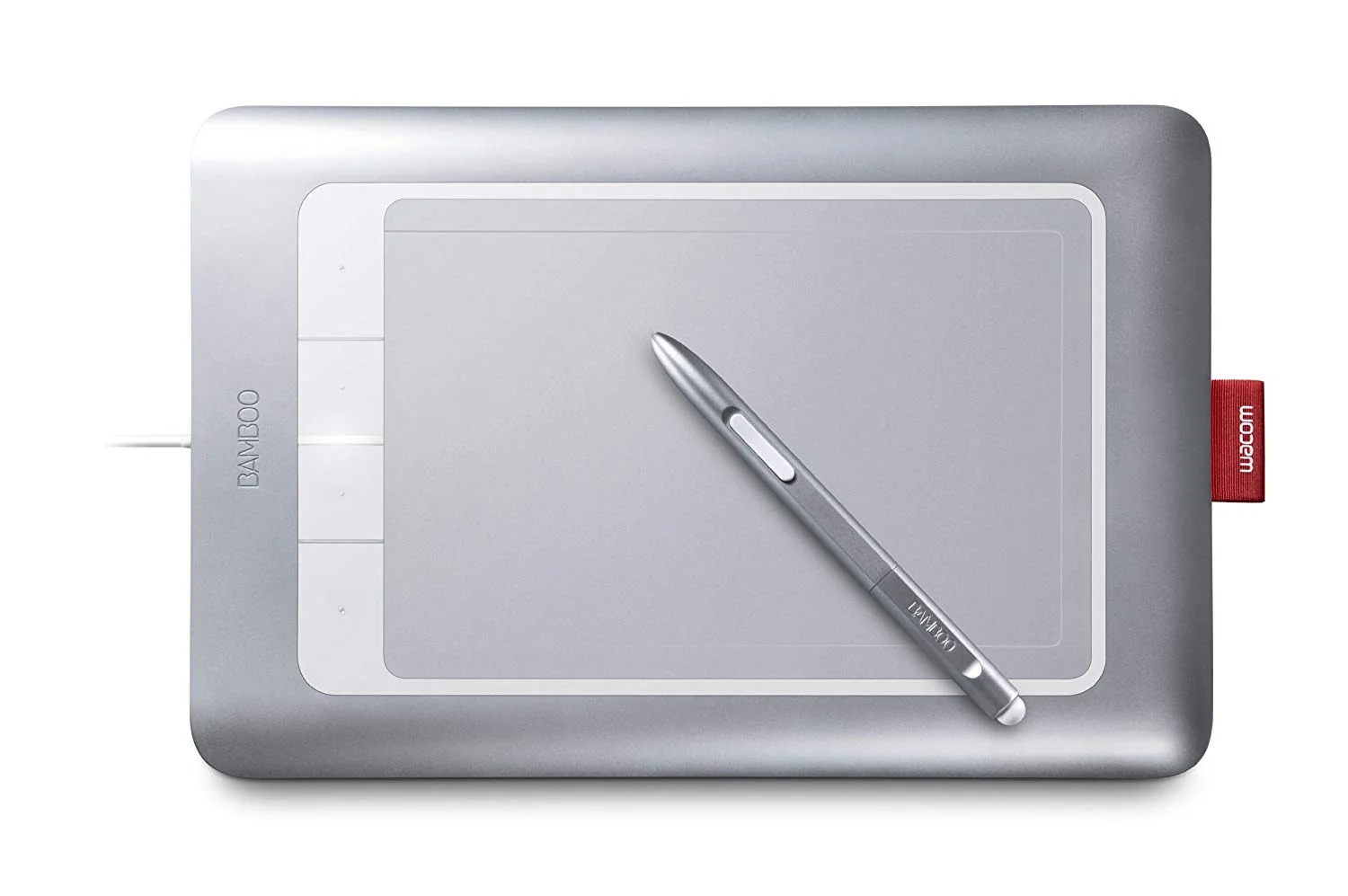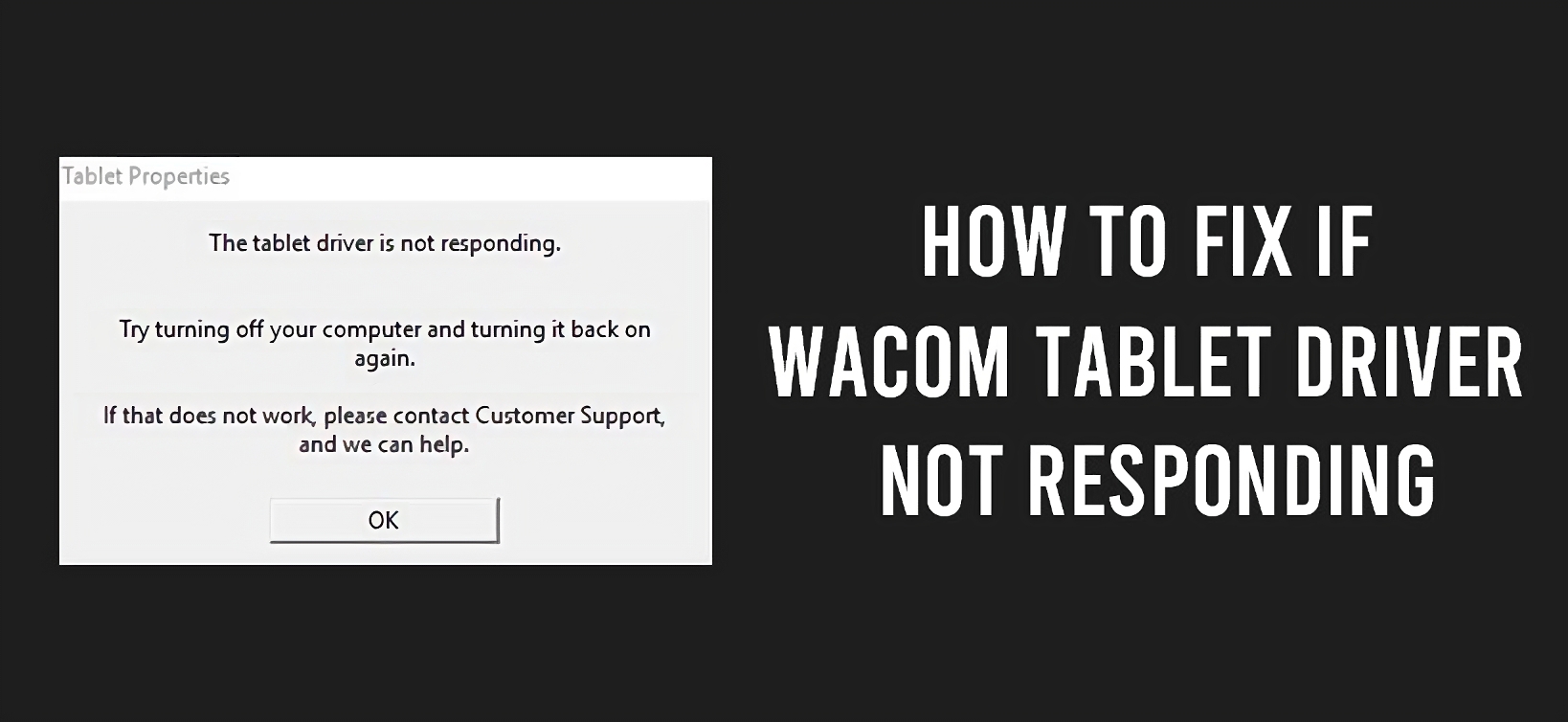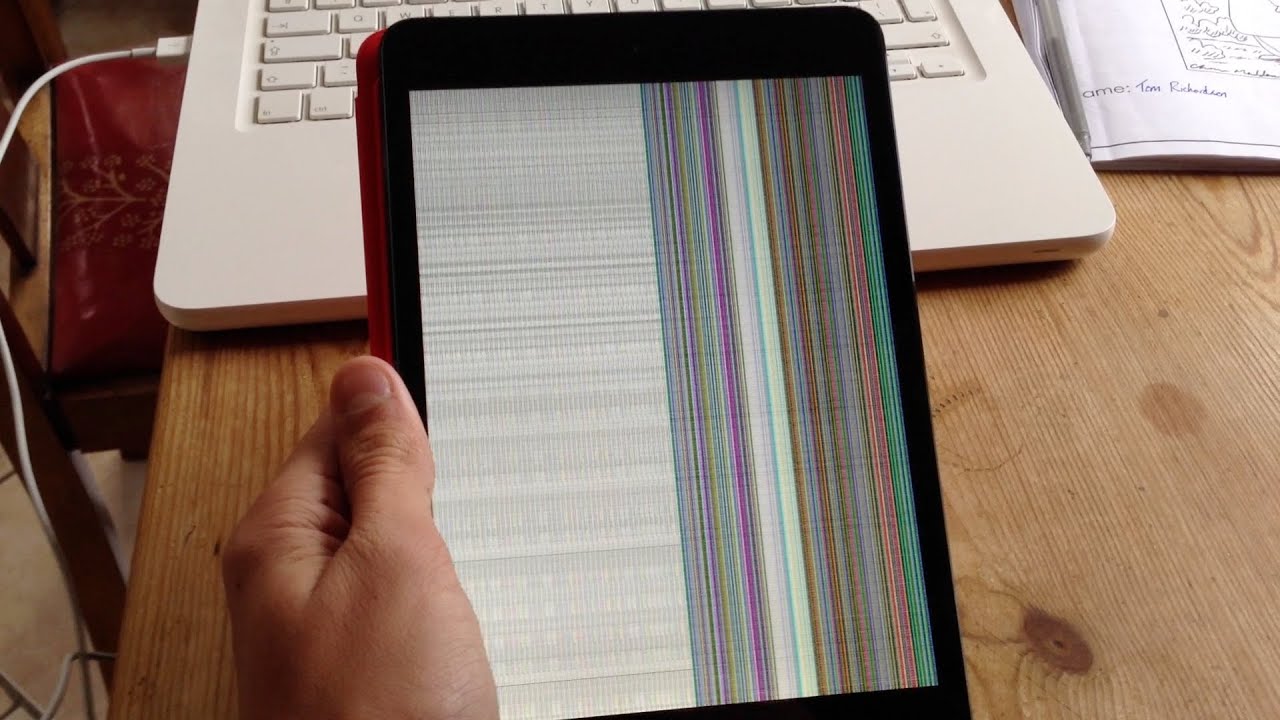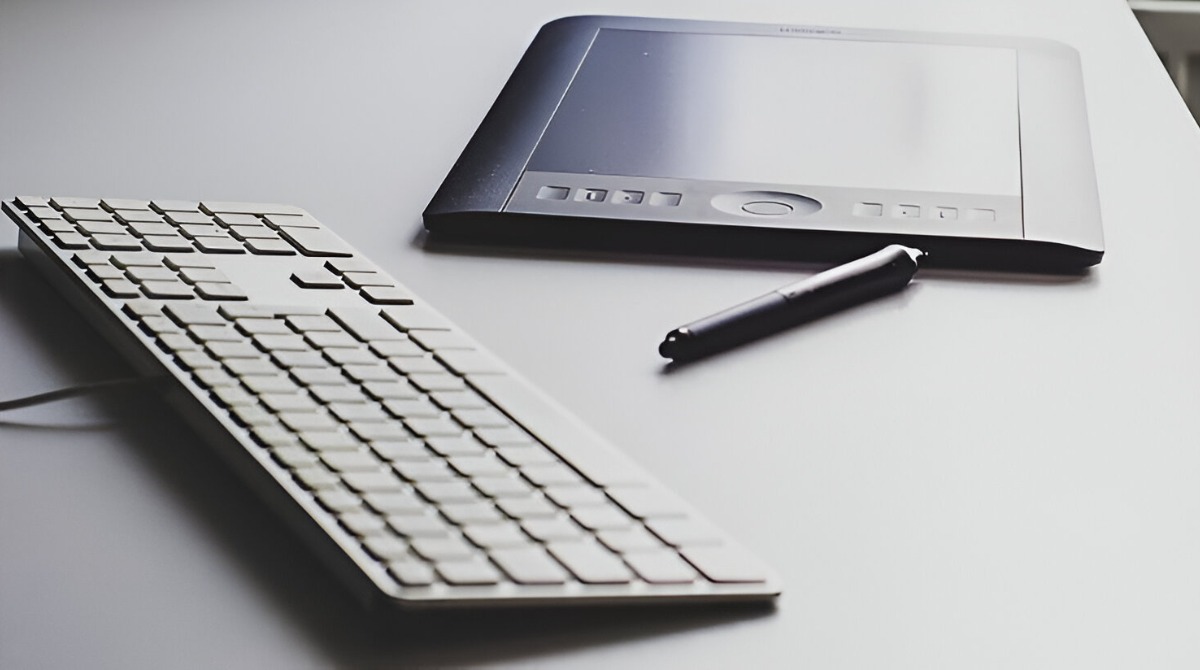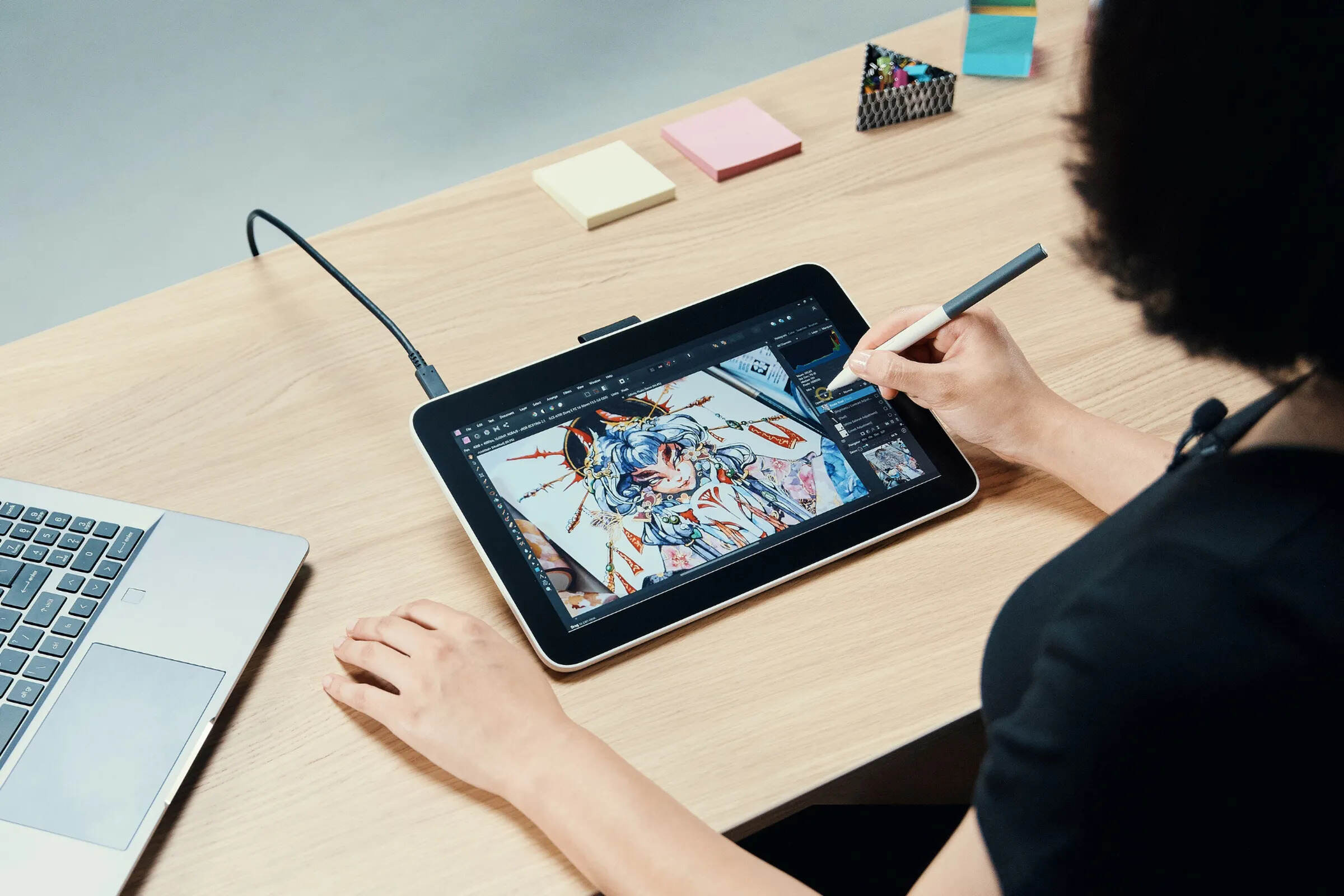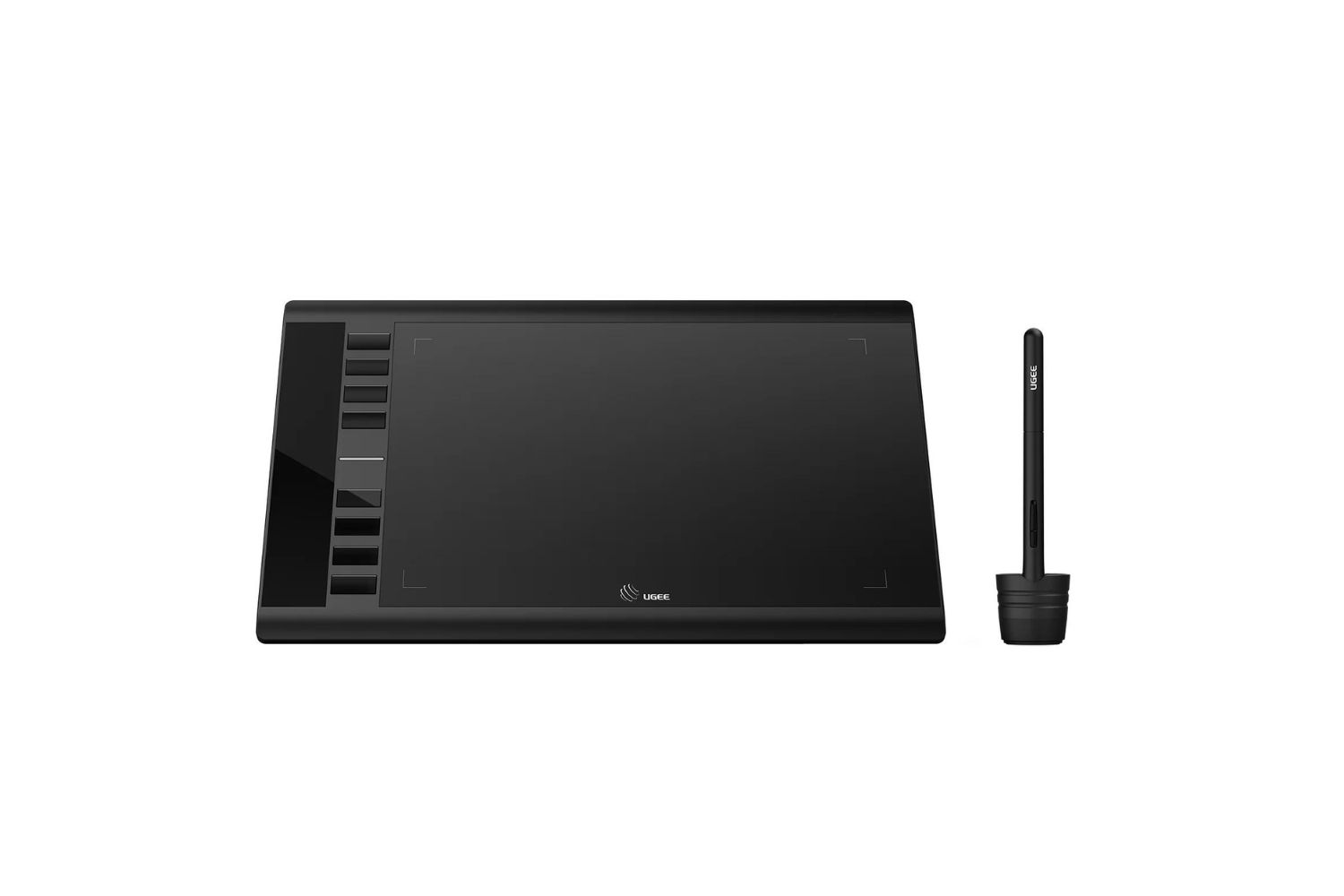Introduction
Welcome to our comprehensive guide on how to fix tablet driver issues. Tablets are fantastic tools for artists, designers, and individuals seeking a more intuitive way to navigate their digital devices. However, like any technology, tablets can experience problems with their drivers, which are essential software components that allow the tablet to communicate effectively with the operating system.
Tablet driver issues can manifest in various ways, including unresponsive or erratic pen input, connectivity problems, or even a complete inability to use the tablet’s features. These issues can be frustrating and hinder productivity, but fear not! In this guide, we will explore common problems with tablet drivers and provide step-by-step instructions to help you resolve them.
Whether you’re using a graphic tablet for professional digital art or a drawing tablet for recreational purposes, understanding how to troubleshoot and fix driver issues is crucial for a seamless tablet experience. From checking for updates to calibrating the tablet and adjusting driver settings, we will cover a range of solutions to get your tablet back in working order.
Before we dive into the troubleshooting process, it’s important to note that different tablet models and brands may have unique driver software and settings. Therefore, while the general principles discussed in this guide apply to most tablets, it’s always a good idea to refer to your tablet’s user manual or manufacturer’s website for specific instructions tailored to your device.
Now, let’s roll up our sleeves and explore the common issues that can arise with tablet drivers and how to fix them. By the end of this guide, you’ll have the knowledge and tools to tackle tablet driver problems head-on and enjoy a smooth and uninterrupted tablet experience!
Common Issues with Tablet Drivers
Tablet driver issues can range from minor inconveniences to complete malfunctions. Understanding the common problems that can occur with tablet drivers will help you identify and resolve issues more effectively. Let’s explore some of the most frequently encountered issues:
1. Unresponsive Pen Input:
One of the most frustrating issues with tablet drivers is when the pen input becomes unresponsive. This can manifest as a delay between pen input and on-screen action or a complete lack of response. This problem can occur due to outdated drivers, conflicts with other software, or incorrect driver settings.
2. Erratic Pen Movement:
If you’re experiencing erratic or jumpy pen movements, it could indicate a problem with the tablet’s driver. This problem may occur due to driver conflicts, sensitivity settings, or calibration issues.
3. Connectivity Problems:
Tablet connectivity problems can prevent the tablet from being recognized by the computer. This can be due to faulty USB ports, issues with the tablet’s USB cable, or outdated drivers.
4. Pressure Sensitivity Issues:
Pressure sensitivity is a crucial feature for digital artists, allowing them to vary line thickness and opacity based on the pressure applied. If you’re experiencing a lack of pressure sensitivity or inconsistent pressure response, it may be a driver-related problem.
5. Driver Compatibility:
Compatibility issues can arise when using a tablet with newer operating systems or software. If the tablet driver is not compatible with your current system, it may cause compatibility issues, resulting in limited functionality or complete driver failure.
6. Installation Problems:
Installation problems can occur when setting up a tablet for the first time or when updating the driver. Incorrect installation or conflicts with existing software can cause the driver to malfunction or fail.
Now that we have a better understanding of the common issues that can arise with tablet drivers, let’s move on to the next section, where we’ll explore steps to check for driver updates.
Checking for Updates
Keeping your tablet driver up to date is essential for optimal performance and compatibility with your operating system. Manufacturers often release driver updates to address bugs, improve functionality, and ensure compatibility with the latest software updates. Here’s how you can check for and install driver updates:
1. Check the Manufacturer’s Website:
Visit the manufacturer’s website for your tablet model and navigate to the support or downloads section. Look for the latest driver version available for your tablet. Downloading the driver from the official website ensures that you’re getting the most recent and compatible version.
2. Automatic Update Utility:
Some tablet manufacturers provide automatic update utilities that detect your tablet model and its current driver version. These utilities can check for updates and automatically download and install the latest driver for you. Check if your tablet manufacturer offers this option and utilize it for a hassle-free update experience.
3. Windows Update (for Windows users):
If you’re using a Windows operating system, you can also check for tablet driver updates through the Windows Update feature. Go to the settings menu, select “Update & Security,” and click on “Windows Update.” Ensure that you have a stable internet connection and let Windows search for any available driver updates for your tablet.
4. macOS Software Update (for Mac users):
Mac users can check for tablet driver updates through the macOS Software Update feature. Click on the Apple menu and select “System Preferences.” Then, click on “Software Update” to check for any available updates for your tablet driver. Install any updates found to ensure you’re running the latest driver version.
After updating the tablet driver, restart your computer to ensure that the changes take effect. If updating the driver doesn’t resolve your tablet issues, don’t worry. In the next section, we’ll explore how to reinstall the tablet driver, which can often solve more complex problems.
Reinstalling the Tablet Driver
If you’re experiencing persistent issues with your tablet driver, reinstalling it can often resolve the problem. Reinstalling the driver involves removing the existing driver installation and then installing the latest version. Here’s how you can reinstall the tablet driver:
1. Uninstall the Driver:
Begin by uninstalling the current tablet driver from your computer. Windows users can go to the Control Panel, navigate to “Programs” or “Programs and Features,” and find the tablet driver in the list. Select it and click on “Uninstall.” Mac users can go to the Applications folder, locate the tablet driver software, and move it to the Trash to uninstall.
2. Disconnect the Tablet:
Disconnect your tablet from the computer and restart your system. This step ensures that any residual settings or conflicting files are cleared before reinstalling the driver.
3. Download the Latest Driver:
Visit the manufacturer’s website and download the latest version of the tablet driver compatible with your operating system. Make sure you’re downloading the correct driver for your model of tablet to avoid any compatibility issues.
4. Install the New Driver:
Once the driver is downloaded, run the installation file and follow the on-screen instructions. If prompted, reconnect your tablet to the computer. Make sure to select any desired settings or customization options during the installation process.
5. Restart and Test:
After the installation is complete, restart your computer again to ensure that the driver installation is successful. Once your system has restarted, test the tablet to see if the issues have been resolved. Check for proper pen input, responsiveness, and any additional features specific to your tablet.
If reinstalling the tablet driver doesn’t resolve the issues, don’t worry. In the next section, we’ll explore how to adjust tablet driver settings, which can help fine-tune the performance of your tablet.
Adjusting Tablet Driver Settings
Adjusting the settings of your tablet driver can often help improve its performance and customize its functionality to suit your preferences. Here are some key settings you can adjust to optimize your tablet experience:
1. Sensitivity Settings:
Most tablet drivers allow you to adjust the sensitivity of the pen input. This includes settings for pressure sensitivity, tilt sensitivity, and pen tip feel. Experiment with different sensitivity levels to find the one that feels most natural and responsive to your touch.
2. Button Customization:
Tablets often come with programmable buttons that can be customized to perform specific actions. Through the tablet driver settings, you can assign functions such as undo/redo, zoom, or brush size adjustment to these buttons. Customize the buttons based on your workflow and preferences for a more efficient digital art or design process.
3. Gesture Controls:
Some tablet drivers offer gesture controls, allowing you to perform actions with multi-finger gestures on the tablet’s surface. These actions can include zooming, rotating, scrolling, or switching between brush modes. Familiarize yourself with the available gesture controls and configure them to streamline your workflow.
4. Display Mapping:
Tablet drivers often provide options to adjust the mapping of the tablet’s active area to match your screen size and resolution. Mapping ensures that the cursor movement on the tablet aligns accurately with the corresponding movement on the screen. Adjust the mapping settings to ensure precise and proportional input on your digital canvas.
5. Multi-Monitor Setup:
If you use multiple monitors, ensure that the tablet driver is configured to work seamlessly across all displays. Some drivers allow you to specify which display should be mapped to the tablet or create rules for different applications. This helps maintain consistency in pen input regardless of the monitor you’re working on.
6. Advanced Options:
Explore the advanced options in the tablet driver settings to access additional features and customization options. These can include advanced pressure curve adjustment, input smoothing, or specific configurations for different art software applications. Experiment with these options to enhance your tablet’s performance according to your specific needs.
Remember to save your settings after making adjustments, and restart any relevant applications to ensure the changes take effect. These adjustments can greatly enhance your tablet experience, but if you’re still facing issues, proceed to the next section where we’ll discuss troubleshooting connection problems.
Troubleshooting Connection Problems
Connection problems can be a common source of frustration when using a tablet. If your tablet is not being recognized by your computer or is experiencing intermittent connectivity issues, try the following troubleshooting steps:
1. Check the USB Cable:
Ensure that the USB cable connecting your tablet to the computer is securely plugged in on both ends. If the cable is damaged or worn out, try using a different USB cable to see if that resolves the issue.
2. Test Different USB Ports:
If your tablet is not being recognized by your computer, try connecting it to a different USB port. Sometimes, certain USB ports may have connectivity issues or not provide sufficient power for the tablet. Testing different ports can help identify if the issue is specific to a particular port.
3. Restart your Computer:
Try restarting your computer as it can help resolve temporary connectivity issues and refresh the system. After the restart, reconnect your tablet to see if the connection problem is resolved.
4. Update USB Drivers:
Outdated or faulty USB drivers can cause connectivity issues with your tablet. To update the USB drivers, go to the Device Manager on Windows or System Information on macOS. Locate the USB driver section, right-click on the USB driver, and select “Update driver” or “Update software.” Follow the on-screen instructions to install the latest drivers.
5. Disable Power Saving for USB:
In some cases, power-saving settings for USB ports can cause connection problems. To disable power-saving for USB ports, go to the Power Options or Energy Saver settings on your computer and adjust the settings to prevent USB power-saving during use.
6. Try Another Computer:
If you have access to another computer, try connecting your tablet to that computer to see if it works properly. This can help determine if the issue is specific to your computer or the tablet itself.
By following these troubleshooting steps, you can identify and resolve connection problems with your tablet. However, if the issue persists, it may be necessary to calibrate the tablet’s screen, as discussed in the next section of this guide.
Calibrating the Tablet
Calibrating your tablet is an important step to ensure accurate pen input and proper alignment between the on-screen cursor and the physical tablet surface. Calibration is especially crucial if you’re experiencing issues with pen accuracy or if the cursor doesn’t align correctly with your movements. Here’s how you can calibrate your tablet:
1. Open Tablet Settings:
Access the tablet settings by locating the tablet driver software on your computer. Depending on the tablet brand and model, the software may have a dedicated application or can be found in the system tray. Open the tablet settings or control panel to access calibration options.
2. Select Calibrate:
In the tablet settings, look for the calibration or alignment option. It may be listed under a menu or tab specifically dedicated to calibration. Select the calibrate or align option to begin the calibration process.
3. Follow On-Screen Instructions:
Most tablets will provide on-screen instructions to guide you through the calibration process. This usually involves tapping or hovering the stylus on specific targets or crosshairs displayed on the screen. Follow the instructions carefully and complete the calibration process as prompted.
4. Test Accuracy:
After the calibration is complete, test the accuracy of the pen input by drawing or writing on your tablet. Check if the cursor aligns accurately with your pen movements and if there are any noticeable improvements in accuracy or responsiveness.
5. Repeat if Necessary:
If you’re still experiencing issues with pen accuracy or alignment after the initial calibration, you can try recalibrating the tablet. Some drivers offer the option to recalibrate multiple times to ensure optimal accuracy. Repeat the calibration process and test again until you achieve satisfactory results.
6. Reset to Default Settings:
If you’ve made changes to the tablet settings or calibration and are still unsatisfied with the results, you can reset the tablet settings to their default values. Look for the reset or restore settings option in the tablet software and select it to revert to the original settings.
By calibrating your tablet, you can ensure more accurate pen input and a smoother drawing experience. If calibrating the tablet doesn’t resolve the issues you’re experiencing, it may be necessary to update your operating system or seek professional assistance from the tablet manufacturer or technical support.
Updating Operating System and Drivers
Keeping your operating system and drivers up to date is essential for the smooth functioning of your tablet. Outdated operating systems and drivers can cause compatibility issues, performance degradation, and even driver conflicts. Here’s how you can update your operating system and drivers:
1. Operating System Updates:
Regularly check for updates for your operating system, whether it’s Windows, macOS, or another OS. Operating system updates often contain bug fixes, security patches, and performance improvements. On Windows, go to “Settings,” click “Update & Security,” and select “Check for updates.” On macOS, click the Apple menu, select “System Preferences,” and choose “Software Update.”
2. Driver Updates:
Visit the manufacturer’s website for your tablet model and search for any available driver updates. Driver updates can address bugs, add new features, and enhance compatibility with the latest operating system updates. Download and install the latest driver version compatible with your tablet and operating system.
3. Automatic Update Settings:
Configure your operating system and tablet driver software to automatically check for updates. This way, you can ensure that you’re notified and prompted to install the latest updates as soon as they become available. Enable automatic updates through the operating system settings or within the tablet driver software, if applicable.
4. Restart After Updates:
After updating your operating system or drivers, it’s essential to restart your computer. Restarting helps the updates take effect and ensures that any related processes or services are properly restarted. This can help resolve any lingering issues and improve the overall performance of your tablet.
5. Regular Checkups:
Make it a habit to regularly check for updates for your operating system and tablet drivers. Set aside dedicated time on your calendar to perform these checkups, ensuring that you don’t miss out on important updates that can enhance your tablet’s performance and compatibility.
By regularly updating your operating system and drivers, you can ensure optimal compatibility, improve performance, and address any known issues or vulnerabilities. However, if updating the operating system and drivers doesn’t resolve your tablet issues, it may be necessary to contact the tablet manufacturer’s support or seek professional assistance.
Contacting Support or Seeking Professional Help
If you have exhausted all the troubleshooting steps mentioned earlier and are still experiencing issues with your tablet, it may be time to reach out for support or seek professional assistance. Here are some options to consider:
1. Manufacturer Support:
Contacting the tablet manufacturer’s support team is often the best place to start. They have expert knowledge of their products and can provide specific troubleshooting steps or guidance tailored to your tablet model. Reach out to their customer support through phone, email, or the support section of their website. Be sure to provide them with detailed information about the issue you’re facing and any steps you have already taken to troubleshoot.
2. Online Forums and Communities:
Online forums and communities for digital artists, designers, and tablet users can be a valuable resource for troubleshooting tablet issues. Participate in relevant forums, ask questions, and describe the problems you’re encountering. Other users who have faced similar issues may be able to provide helpful advice or workaround solutions.
3. Professional Service Centers:
If your tablet is still under warranty or if you’re not comfortable performing advanced troubleshooting steps yourself, consider taking it to a professional service center. Authorized service centers have the expertise to diagnose and repair tablet hardware or software issues. Contact the tablet manufacturer for a list of authorized service centers in your area, or consult with local computer repair shops that specialize in tablet repairs.
4. Software Support:
If the issue you’re facing is specific to a particular software program or application that you use with your tablet, consider reaching out to the software’s support team. They can provide guidance on any software-related issues, compatibility concerns, or recommended settings for optimal tablet performance within their program.
5. Online Tutorials and Resources:
Explore online tutorials, articles, and video guides that address common tablet issues and offer potential solutions. Many technology websites and YouTube channels provide comprehensive tutorials on troubleshooting tablet problems. These resources can provide step-by-step instructions and visual demonstrations to help you resolve issues on your own.
Remember to keep track of any communications with support teams, document any error messages or relevant information related to the problem, and provide detailed information when seeking assistance. With the right support and expertise, you can overcome any persistent issues and get your tablet back in working condition.
Conclusion
Tablet driver issues can be frustrating, but with the right knowledge and troubleshooting techniques, you can resolve them and get back to enjoying a seamless tablet experience. In this guide, we covered common issues with tablet drivers and provided step-by-step instructions to help you fix them.
From checking for updates and reinstalling the driver to adjusting driver settings and troubleshooting connection problems, we explored various methods to address tablet driver issues. We also discussed the importance of calibrating the tablet and keeping your operating system and drivers up to date.
If you’ve tried all the steps mentioned in this guide and are still experiencing issues, it may be necessary to contact the tablet manufacturer’s support or seek professional assistance from authorized service centers. Their expertise can help diagnose and resolve more complex tablet driver problems.
Remember to keep your tablet driver and operating system updated regularly, as this can help prevent issues and ensure compatibility with the latest software. Additionally, taking care of your tablet, following proper installation procedures, and using compatible accessories can contribute to a more reliable and trouble-free tablet experience.
We hope this guide has been helpful in resolving your tablet driver issues. By staying informed and equipped with troubleshooting knowledge, you can overcome these challenges and fully leverage the power of your tablet for creativity, productivity, and enjoyment.









